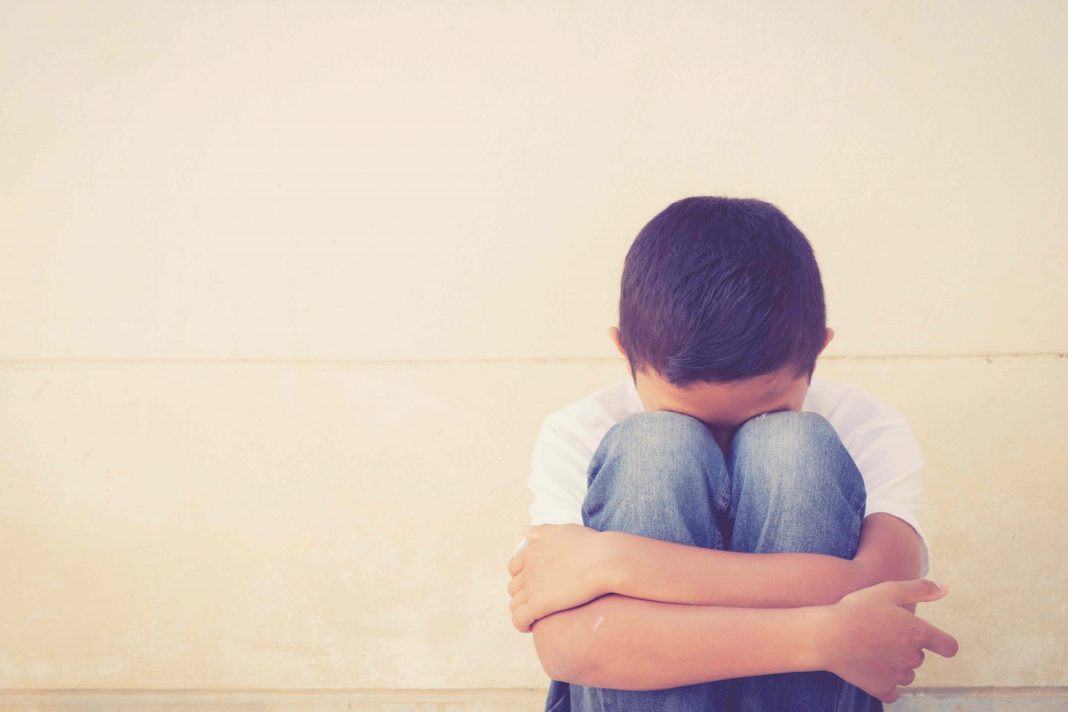For adults, it’s well known that maintaining good mental health is an ongoing battle that has only intensified since the COVID-19 pandemic. However, how much do we know about the mental health of children? Are they getting the support they need? These and other issues around children’s mental health are explored here.
It’s important that the healthcare spotlight is turned to children who are perhaps lost when it comes to communication tools, and confused as they experience a range of different emotions. Then we can create a safe space for them to speak up, and we can facilitate provision of the appropriate services and help they need.
Influences on children’s mental health
In terms of children aged up to 16, some of the factors that can impact their mental health include:1
- Relationship problems. Young people can be severely impacted by relationships, whether with family, friends or others. When it comes to establishing a healthy family relationship, a key suggestion can be to have regular family dinners together, ensuring there’s time to bond and catch up with family members.
- Body image issues. Dissatisfaction with body image can begin at a very early age and can cause ongoing mental health issues such as depression and eating disorders.
- Bullying. In all its forms, including cyberbullying, and verbal, physical and emotional bullying, the behaviour is known to have a great impact on children’s mental health, which should be monitored closely if a child is showing signs of being bullied.
- Abuse. Again involving a range of forms, abuse, both verbal and physical, can be a contributing factor to a child’s mental health issues.
Mental health services
If a parent or guardian is seeking information in a pharmacy about children’s mental health, it’s important to refer them to a GP for further instructions. However, it’s also important to be aware of the various mental health services that are available for children. These include:
Headspace (National Youth Mental Health Foundation) is an organisation that provides online and phone support for parents and guardians looking after someone with mental health struggles, as well as for young people.2
Launched in 2006, Headspace offers early intervention mental health services to those aged between 12 and 25.
Kookaburra Kids offers programs and activities to help equip children with the appropriate tools to process their emotions and face mental health battles.
The foundation supports young people aged eight to 18 and currently more than 2000 young people across the country.3
As one of the oldest community-based non-government mental health organisations in Australia, the foundation has played a vital role in establishing services for those of all ages experiencing mental health concerns.4
It has a helpline (1300 643 287) that operates Monday to Friday from 9am to 5pm (AEST).
For pharmacy assistants
It’s important to remember that, as a pharmacy assistant, you’re not there to solve all the problems you may encounter, especially those regarding mental health concerns. Your job is to steer those with concerns and struggles in the appropriate direction, towards health professionals who can provide strong and valid advice and strategies.
Make sure you learn what mental health services are available in your community, and whether or not they cater to children, so you can guide customers down the right path, and know they’ll be getting the help they need.
Foundations and other organisations such as those listed above are great resources for you to suggest in assisting customers, providing them with helpful contacts and discussion groups.
If you or someone you know needs help with mental health, you can contact:
- BeyondBlue: 1300 22 46 36.
- Lifeline: 13 11 14.
References:
- Healthdirect, 2021. ‘Kids and mental health’. healthdirect.gov.au/kids-mental-health
- ‘Who we are’. headspace.org.au/our-organisation/who-we-are/
- Australian Kookaburra Kids Foundation. ‘Our Kookaburra Kids’. kookaburrakids.org.au/our-kids/
- Mental Health Foundation Australia. ‘Support’. mhfa.org.au/support-groups
This feature was originally published in the June issue of Retail Pharmacy Assistants e-magazine.







